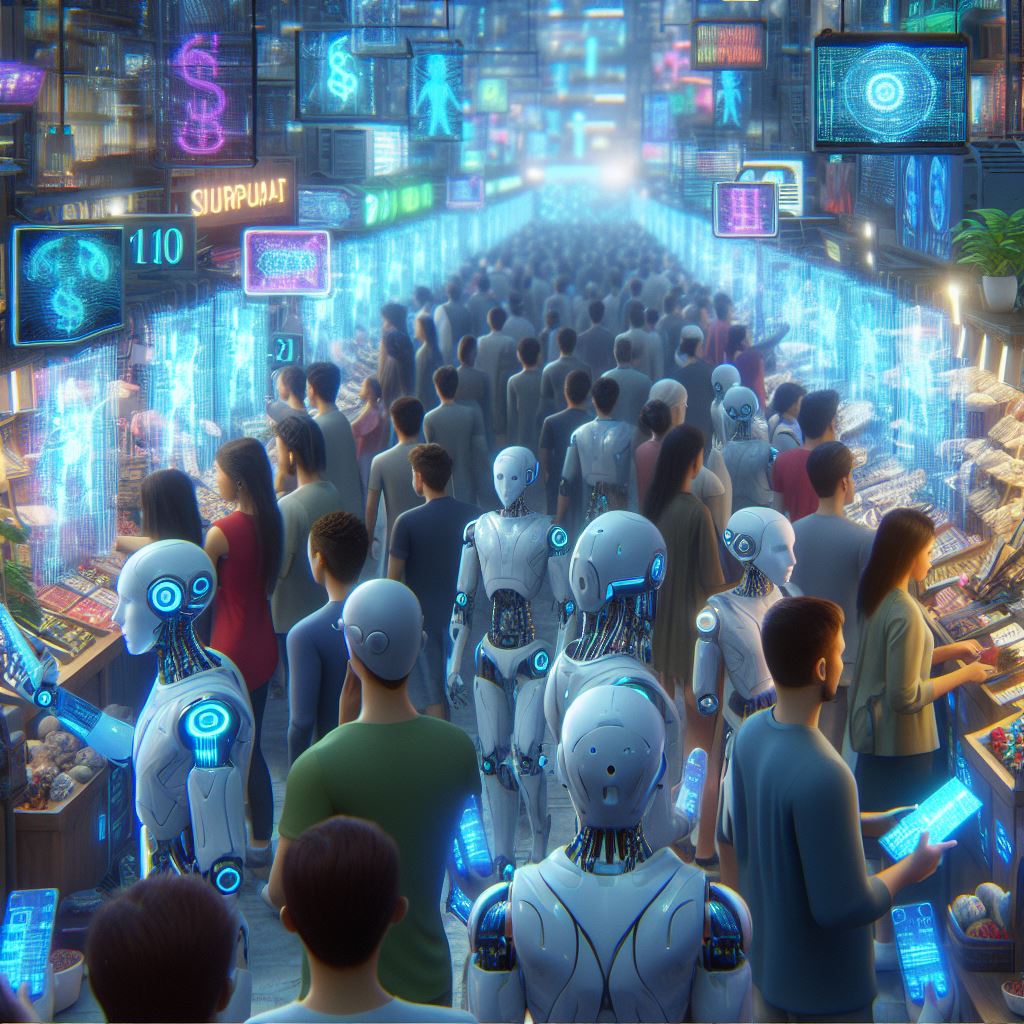The humanoid robot industry size is valued at USD 1.8 billion in 2023 and is anticipated to be USD 13.8 billion by 2028; growing at a CAGR of 50.2% from 2023 to 2028. The key factors contributing to the growth of the humanoid robot market include the increasing use of humanoids as educational robots and the surging demand for humanoid robots from the retail and household as personal assistance.
Humanoid robots have captivated researchers, engineers, and the public alike with their potential to mimic human behavior and functionality. These robots come in various forms, each designed to serve specific purposes across different sectors. This article explores the main types of humanoid robots, including bipedal robots, androids, research and academic humanoids, commercial humanoid robots, and entertainment and educational humanoids.
Types of Humanoid Robots
Bipedal Robots
Bipedal robots are designed to walk on two legs, closely resembling human movement. Their development has been a significant focus in robotics due to the complexities involved in replicating human locomotion.
Key Features:
- Mobility and Balance: These robots utilize advanced algorithms and sensors to maintain balance and navigate uneven surfaces.
- Applications: Bipedal robots are used in various applications, from disaster response scenarios to assistive devices for individuals with mobility impairments. Notable examples include Boston Dynamics’ Atlas and Honda’s ASIMO, both of which showcase remarkable agility and adaptability.
Android Robots
Android robots are humanoid robots that are specifically designed to closely resemble humans in appearance and behavior. They often feature realistic facial expressions, skin-like surfaces, and human-like movement.
Key Features:
- Realism: Androids are engineered to imitate human physical attributes and emotional responses, making them ideal for social interaction.
- Applications: They are used in customer service, therapy, and companionship. Examples include SoftBank’s Pepper, which engages with users in retail environments, and Hanson Robotics’ Sophia, known for her realistic interactions and media presence.
Download PDF Brochure @
https://www.marketsandmarkets.com/pdfdownloadNew.asp?id=99567653

Research and Academic Humanoids
Research and academic humanoids are primarily developed for educational and experimental purposes. These robots are often used in laboratories and universities to study human-robot interaction, cognition, and robotics technology.
Key Features:
- Versatility: They can be programmed for a variety of tasks, allowing researchers to explore different areas of robotics.
- Applications: Institutions use these humanoids for research in artificial intelligence, motion analysis, and cognitive robotics. Examples include NAO, used in educational settings for teaching programming and robotics, and the iCub robot, utilized for cognitive and developmental research.
Commercial Humanoid Robots
Commercial humanoid robots are designed for practical applications in various industries, enhancing business operations and customer engagement. These robots are typically deployed in environments where interaction with humans is essential.
Key Features:
- Functional Design: They are equipped with features that allow them to perform specific tasks efficiently, such as information dissemination and customer service.
- Applications: Industries like hospitality, retail, and healthcare increasingly use commercial humanoids. Notable examples include robots like Relay, which delivers items in hotels and hospitals, and robotic kiosks that provide information in shopping centers.
Entertainment and Educational Humanoids
Entertainment and educational humanoids are designed to engage users in playful or instructive ways. These robots often emphasize interaction, creativity, and learning.
Key Features:
- Engagement: They utilize voice recognition, movement, and interactive displays to captivate users, particularly children.
- Applications: These humanoids are commonly used in schools, museums, and entertainment venues. For example, educational robots like Sphero and Ozobot teach coding through interactive play, while entertainment robots like Sony’s Aibo offer companionship and interaction.
The landscape of humanoid robots is diverse, with each type serving unique purposes across various sectors. Bipedal robots are pushing the boundaries of mobility, while androids are enhancing social interaction. Research and academic humanoids contribute to our understanding of robotics, and commercial humanoids are transforming business operations. Lastly, entertainment and educational humanoids are fostering learning and engagement.
As technology continues to advance, the capabilities and applications of humanoid robots will expand, promising an exciting future for both industries and consumers alike. By understanding the different types of humanoid robots, we can better appreciate their potential impact on society and the myriad ways they can enhance our daily lives.
